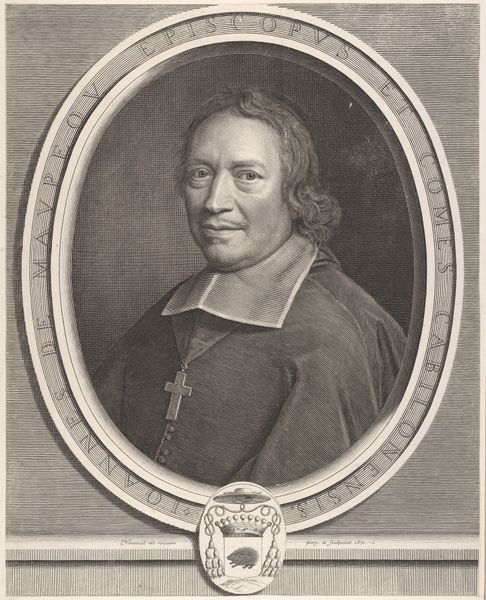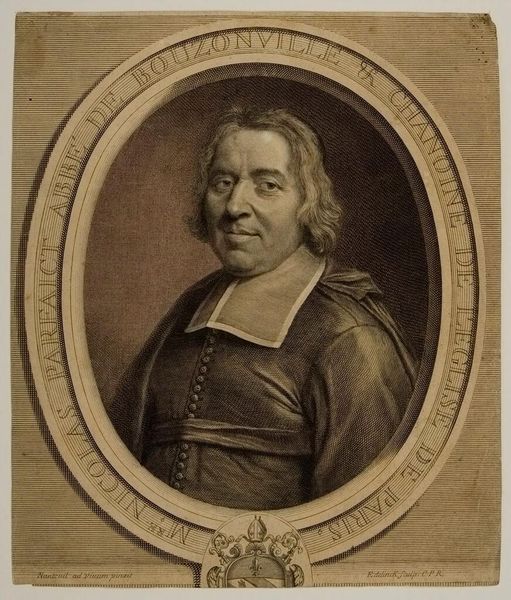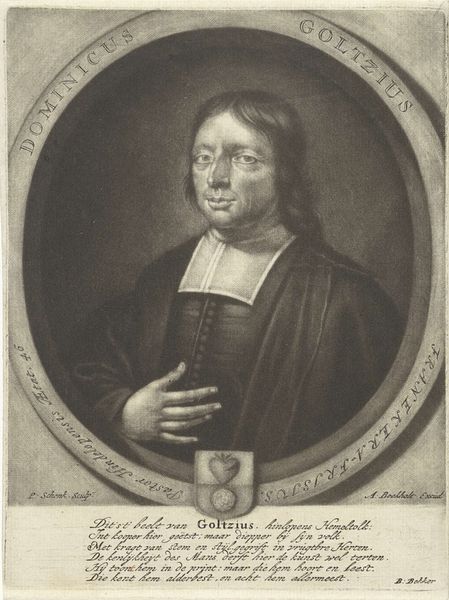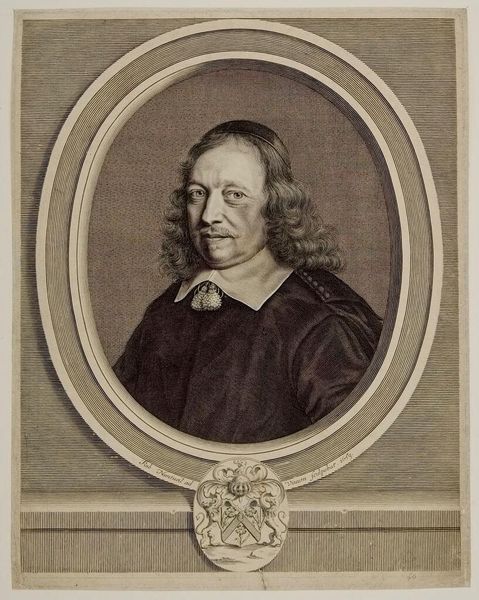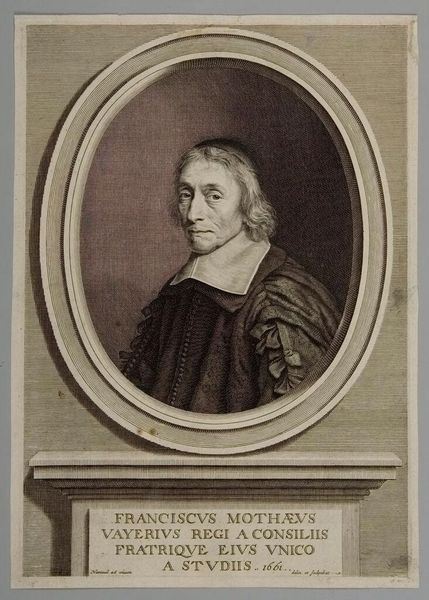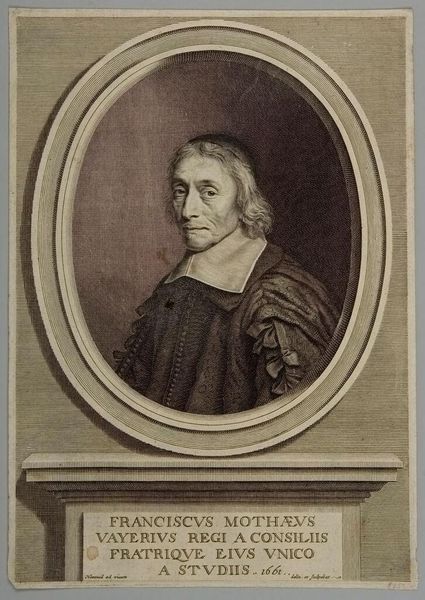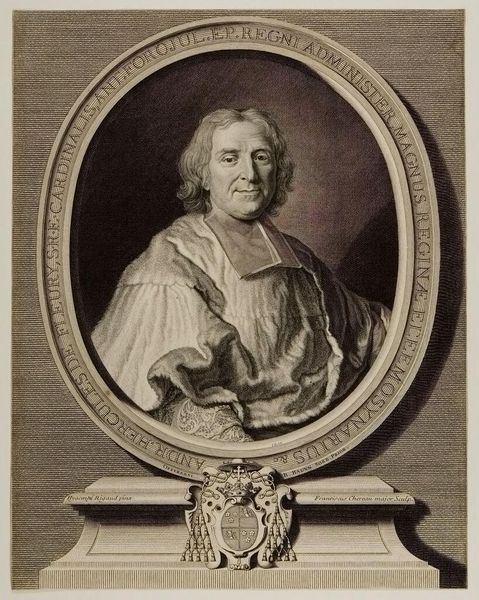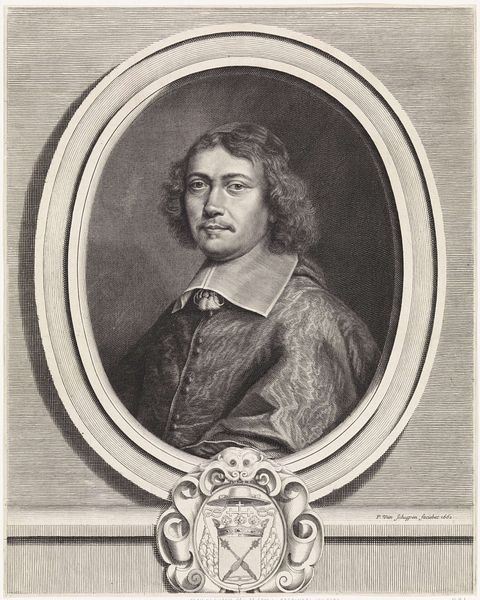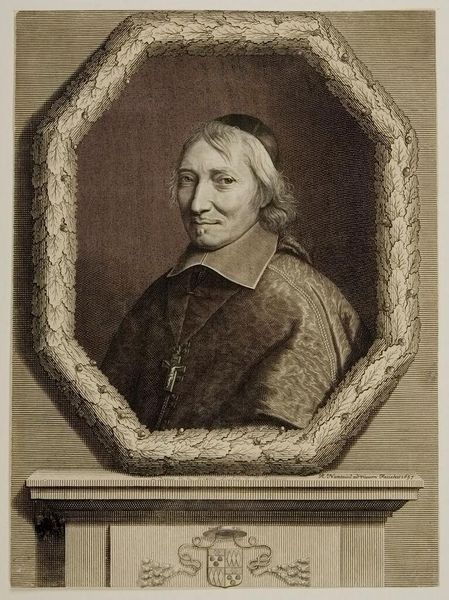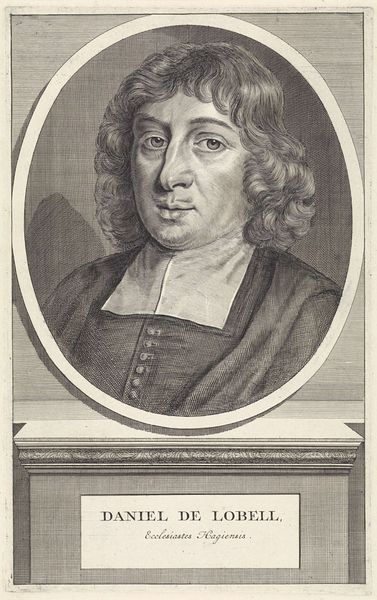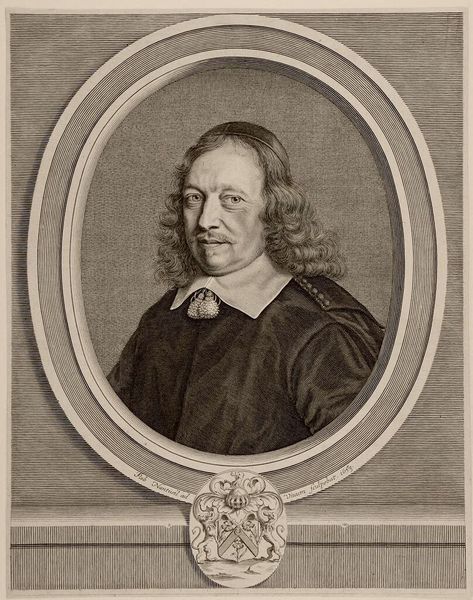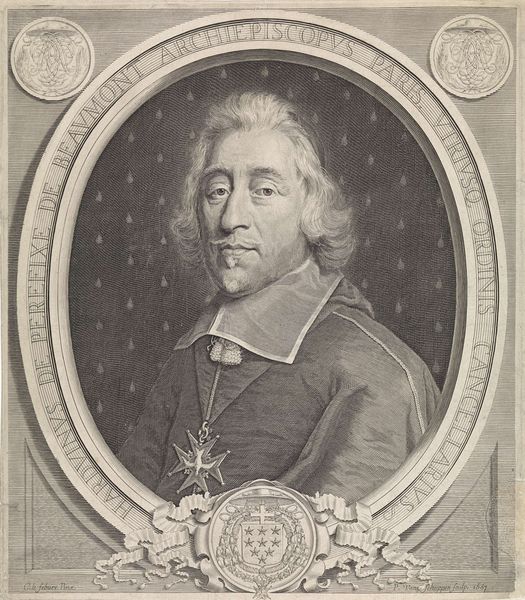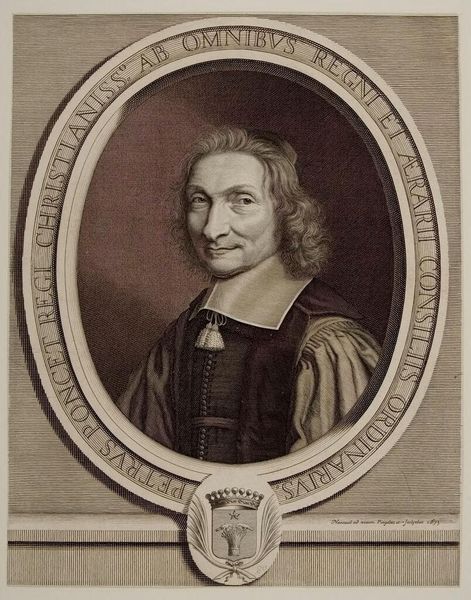
Copyright: CC0 1.0
Editor: This is a portrait of Jean de Maupeau by Robert Nanteuil. The engraving itself is quite detailed, especially the rendering of the fabrics. What can you tell me about Nanteuil's process, and how it reflects the social context of portraiture at the time? Curator: Consider the labor involved in creating such a precise engraving. Nanteuil, working in 17th-century France, was catering to a market that valued meticulous craftsmanship and the reproduction of status. The very act of commissioning this portrait speaks to Maupeau's position and wealth, doesn't it? Editor: Yes, that's clear. The production of his image reinforces his power. Curator: Exactly. And think about the materials: the paper, the ink, the tools. Each element connects to larger networks of trade, labor, and consumption that supported this form of artistic production. What does that suggest to you? Editor: I see how the piece becomes more than just an image; it represents the socioeconomic conditions of its creation. Curator: Precisely! Examining the materiality and the means of production reveals much about the values and power structures of Nanteuil’s time.
Comments
No comments
Be the first to comment and join the conversation on the ultimate creative platform.
